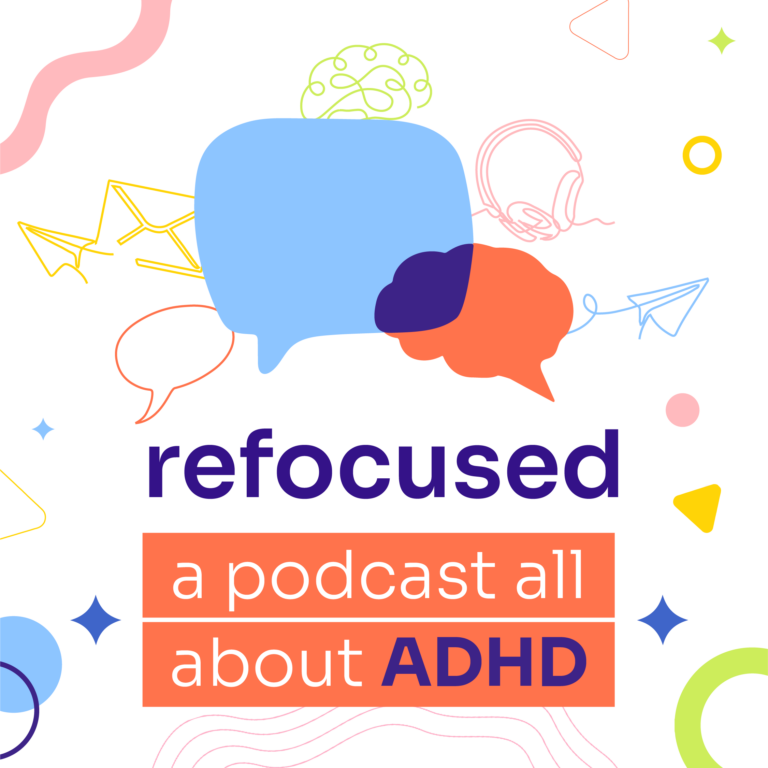

For years, studies have hinted at a disproportionate identification of childhood ADHD, with boys being diagnosed two to ten times more frequently than girls (Slobodin and Davidovitch, “Gender Differences in Objective and Subjective Measures of ADHD among Clinic-Referred Children”).
Various factors contribute to this trend, such as girls potentially employing better masking or coping strategies and the influence of gender expectations and referral biases on reporters such as teachers and parents.
At Mentavi Health /ADHD Online, our extensive database comprises over 155,000 comprehensive assessments, with over 95% focusing on adult diagnoses. We also provide a rigorous and largely unbiased assessment environment for our psychologists and the patients they serve. Intrigued by the historical bias, we examined our own diagnosis rates for adults by gender, utilizing de-identified data.
The results of our analysis were compelling. Despite a slight difference, the variance in adult diagnosis rates between males and females was less than 1%. While our approach doesn’t constitute a formal finding, it does suggest, albeit anecdotally, that gender expectations and perceptions of ADHD in childhood may be overlooking many individuals who are struggling to find their optimal path forward.
#ADHD #mentalhealth #adhdonline”






